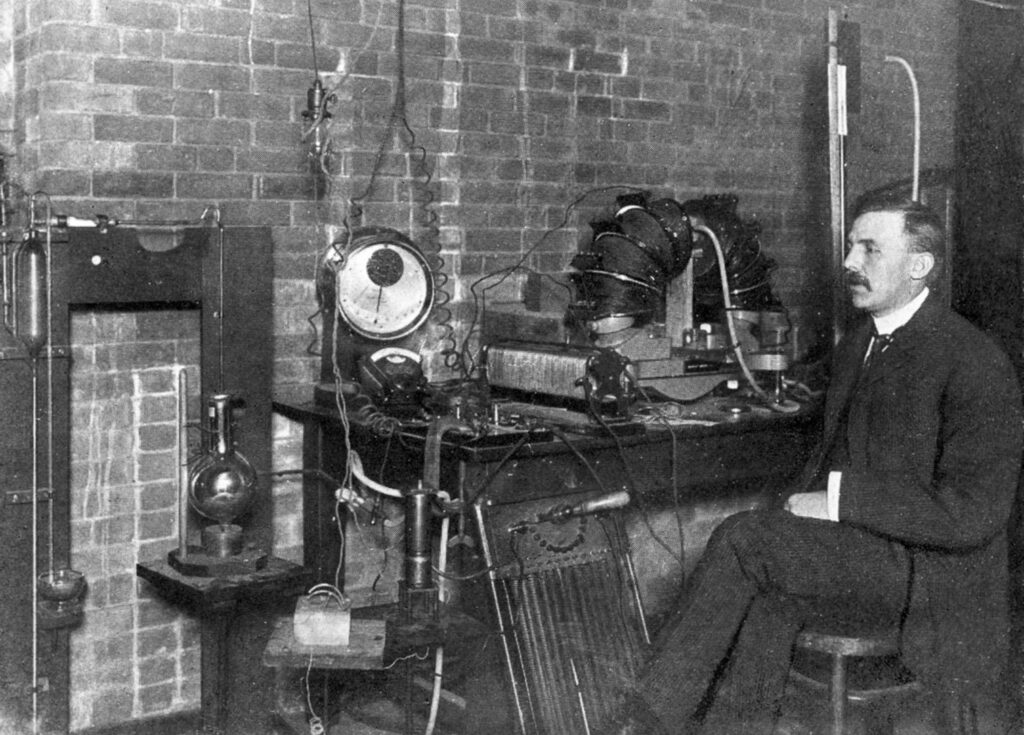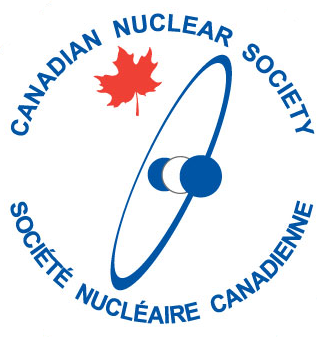Why is Canada so influential in nuclear history?

Canada has been involved in cutting-edge nuclear science since the very beginning. In 1898, the ‘father of nuclear physics’ Lord Ernest Rutherford, began working at McGill University. Lord Rutherford eventually led the experiment that first found the nucleus of atoms, but while at McGill he figured out that radioactivity came atoms changing into other types of atoms. Careful measurements of this behaviour allowed Rutherford to develop the idea of half-life. Rutherford was also the scientist who first distinguished the major types of radioactive decay: alpha, beta and gamma. His work at McGill lead to a Nobel Prize in 1908. His research group also discovered an important component of the nucleus, the neutron (which led to a Nobel Prize for his student, James Chadwick in 1935).
Canada had decided after World War II not to develop nuclear weapon technology and devote our efforts to the peaceful use of nuclear technology. Rutherford, alongside other Canadian scientists, pioneered the ability to use our understanding of the inner workings of atoms for the betterment of humanity.
Canada has been exporting radioisotopes for medical purposes since 1948.3 Creating a controlled exposure to radiation from Cobalt-60 to treat cancer was first proposed as a novel way of treating cancer in 1949. In 1951 two Canadian groups within two weeks of each other treated patients with this Canadian innovation. [3] At least 35 million cancer patients in countries around the world have fought this deadly disease with this technology. [3]
By the early 1950s, several countries were constructing nuclear reactors for commercial electricity production. Canada sought to develop its own nuclear power reactor technology since Canadian uranium ore deposits are quite rich. A deposit in northern Saskatchewan has the highest-grade uranium in the world (a greater fraction of the rock is uranium in this mine than any other mine in the world).
Creative design and intense application of nuclear science let Canadians develop a nuclear reactor that could use unenriched uranium. This meant that the reactors could use the uranium being mined without going through the expensive and tedious enrichment process that increases the amount of the U-235 compared to the amount of U-238. This innovation led to Canada developing the Canadian Deuterium Uranium, CANDU, design and still in use today. This CANDU design was listed as one of the top 10 engineering achievements of Canadian Engineering at their centennial in 1987. [4]
1955 saw the first small-scale prototype, and following in 1962 was the first demonstration reactor, supplying 20 MW to the grid. In 1971, the first two units at Pickering station went online, supplying 500 MW each. This marked an important achievement: the first commercial electricity-producing nuclear reactor in Canada. In the following two years, two more units went online at Pickering, allowing for a total capacity of 2000 MW. By the late 1970s, four units at Bruce-A station came into operation, at 800 MW each, followed by an additional four units at both Pickering and Bruce. In a short 10 year period, Canada went from having zero nuclear electrical supply, to being a world leader with over 10,000 MW of available production. Since then, there have been upgrades to these reactors allowing for over three times the amount of power to come out of these plants. Canada also saw the construction of Darlington Station, Point Lepreau, and Gentilly Station: which was unfortunately shut down as of 2012.
With the success of the CANDU design, Canada sold the design to other countries to use around the world. Currently, CANDU reactors help power South Korea, China, India, Argentina, Romania, and Pakistan.
To learn more about the early steps in the CANDU development visit our historical page: https://www.cns-snc.ca/media/history/pioneers/jl_gray/earlydecisions.html
Citations
- Unknown, published in 1939 in Rutherford : being the life and letters of the Rt. Hon. Lord Rutherford, O. M
- Brooks, G.L. (1993). A short history of the CANDU nuclear power system (AECL–10788). Canada
- Canada’s isotope story: http://www.canadianisotopes.ca/canadas-isotope-story/ accessed Sept 7th, 2021.
- Listed several places, but see for example “Canada’s Nuclear Achievement: Technical and Economic Perspectives” by T.E. Rummery and J.A. Macpherson: https://ewh.ieee.org/reg/7/millennium/candu/candu_achievement.html accessed Sept 7th, 2021.
